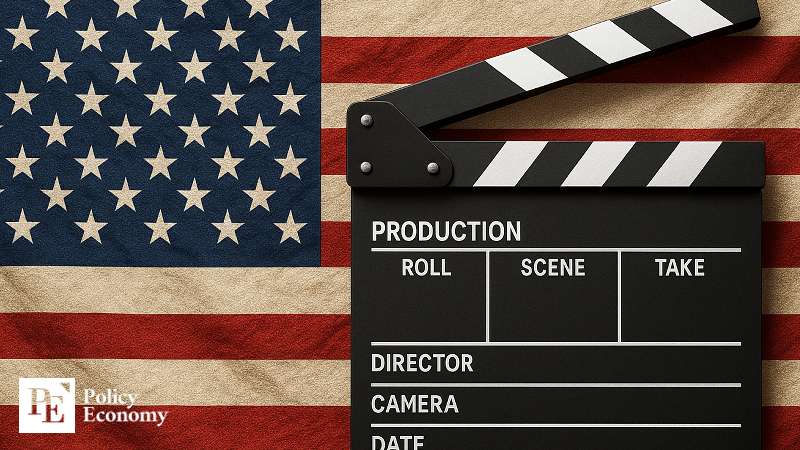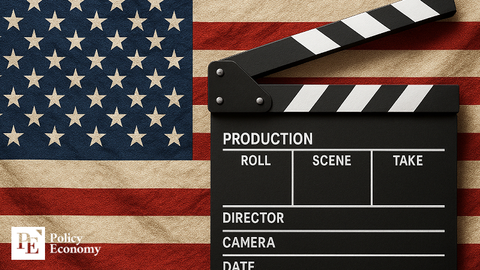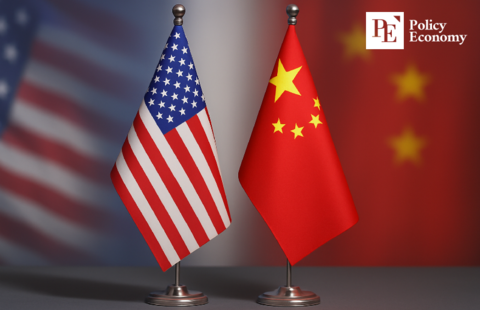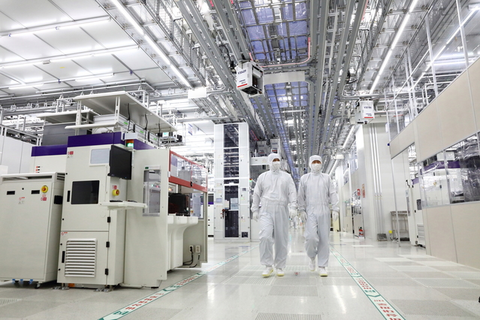Trump Targets Foreign Film Productions to Stem Hollywood’s Overseas Exodus
Input
Modified
Trump Vows 100% Tariffs on Foreign-Made Films Hollywood Turns Overseas Amid Soaring U.S. Production Costs As U.S. Film Industry Faces Turmoil, Japan and Others May Reap the Benefits

U.S. President Donald Trump has reiterated his plan to impose tariffs on foreign-made films. As Hollywood increasingly relocates production overseas to escape soaring domestic costs, the administration aims to curb capital outflows through trade pressure. However, experts say Trump’s proposal is unlikely to have any meaningful impact on the market.
Trump Turns Up Pressure on U.S. Film Industry
According to Nikkei Asia on the 12th (local time), President Donald Trump has been ramping up tariff threats against the film industry since May. At the time, he claimed that “other countries are offering all kinds of incentives to lure U.S. studios out of America, which poses a threat to national security,” and vowed to impose a 100% tariff on foreign-made films. The plan, however, was shelved for several months after that initial statement.
The issue resurfaced late last month. On September 29, Trump wrote on his social media platform, Truth Social, “I will impose a 100% tariff on films made outside the United States,” adding that “our movie industry is being stolen by other countries.” He also took aim at Democratic California Governor Gavin Newsom, with whom he has frequently clashed, saying that “California—home to Hollywood—has been hit especially hard by its weak and incompetent governor.”
Trump’s renewed hardline rhetoric comes as the U.S. film industry increasingly turns to overseas production. According to Reuters and other outlets, Hollywood has become more reliant on production hubs in Canada, the U.K., and Australia, while expanding co-productions with studios in Asia and Europe. Last year, film production spending by location totaled $14.54 billion in the U.S., followed by $5.91 billion in the U.K., $5.41 billion in Canada, and $2.04 billion across Australia and New Zealand.
Hollywood Heads Overseas to Cut Costs
The U.S. film industry’s growing shift abroad stems largely from the surging cost of producing content domestically. Analysts point to the streaming era as a key factor behind the rising expenses. CNBC noted that “streaming has fundamentally reshaped the media landscape—cinema audiences have dwindled, DVD sales have vanished, and media giants like Disney, Universal, Warner Bros., and Paramount are struggling to adjust to the collapse of broadcast TV and falling ad revenues.”
As costs climb, global competition to attract film productions has intensified. Countries such as Australia, New Zealand, the U.K., Ireland, Germany, and the Czech Republic have expanded tax incentives and upgraded production infrastructure to lure studios. Between 2022 and 2024, the number of film projects exceeding $40 million in production budgets increased by 14% in Australia and New Zealand, while comparable large-scale productions in the U.S. fell by 26% over the same period.
Experts say Trump’s vague proposal to impose tariffs on foreign-made films is unlikely to address the issue. “Movies are services, not goods—so it’s unclear how tariffs could even apply,” said Mike Proulx, vice president at U.S. research and consulting firm Forrester. “Even if a loophole were found, enforcing it would create chaos across the entertainment industry.” Alicia Reese, an analyst at Wedbush Securities, added, “What happens if a major studio is based in the U.S. but the story requires filming abroad? Where do you draw the line?”

Global Film Industry Braces for Ripple Effects
Some analysts say the turmoil in Hollywood could create opportunities for Asian countries capable of producing high-quality films at lower costs. Japan’s animation industry is a prime example, generating billions in global revenue with far smaller investments than Hollywood. The hit anime series Attack on Titan reportedly cost about $10 million to produce across five seasons—roughly the same amount HBO’s Game of Thrones spent per episode. The 2025 film Demon Slayer: Infinity Castle became the sixth-highest-grossing film worldwide with a production budget of just $20 million.
Korea, however, is unlikely to benefit significantly from any fallout caused by Trump’s proposed film tariffs. The country’s film exports remain modest in scale. According to data from the Ministry of Culture, Sports and Tourism obtained by lawmaker Kim Seung-soo’s office, Korea’s total film exports in 2024 amounted to $41.9 million, with only $4.2 million of that going to the U.S. As a result, while Trump’s tariff policy would have limited direct impact on Korea’s film industry, it also means the country is poorly positioned to fill any global market gap left by Hollywood.





















